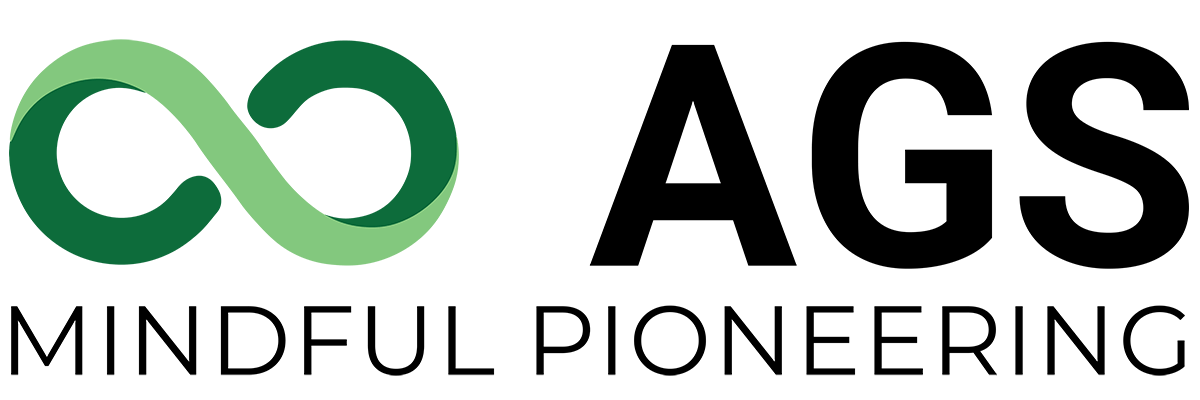Sustainable Material Innovations in 2023

Jon Cojin
This year has witnessed remarkable material innovations that hold immense potential for driving sustainability in the textile industry. Among the many notable advancements, there are three specific products that we have been fortunate enough to work with, and gain a strong familiarization. Each of these product promotes minimizing environmental impact, are scalable, and have the power to revolutionize textile products and waste. They pave the way for a more sustainable future.
RENEWCELL, is already becoming a key player in the industry. Their innovation involves using discarded textiles, such as cotton and viscose, to create Circulose®, a high-quality pulp. Renewcell’s ground-breaking technology breaks down the used textiles into a pulp that can be turned into new fibers, offering a closed-loop solution. By recycling post-consumer garments and fabrics, Renewcell reduces the strain on natural resources and decreases waste. Their process exemplifies the transformative potential of circularity and sets a new standard for sustainable textile production.

By embracing groundbreaking materials and technologies, our industry can take substantial strides towards minimizing environmental impact and fostering positive change.
BIOPURE, plant-based functional finishes and softeners. The core product being a regenerative castor seed oil-based wicking and drying technology. This innovative functional finish not only addresses wicking and drying needs but also provides a soft handle. For cotton-rich textiles it also provides great soil release. BIOPURE MM1 is USDA Certified BioPreferred and contains 78% bio-based content. It can be readily implemented into existing textile manufacturing processes. It leverages the unique plant-based properties of castor which promotes efficiency, minimizes environmental impact, and contributes to a more circular and eco-friendly product.
CANVALOOP, uses agricultural waste materials to make fibers such as hemp, linen, and banana. During our initial evaluations, we were impressed at the level of sustainability but also surprised by the level of material quality. The fiber had the characteristics that would be expected from their traditional counterparts. By transforming waste hemp into a high-quality fiber, Canvaloop exemplifies the principles of circular economy and waste reduction. Their innovative approach maximizes the value of discarded material and exemplifies resource optimization.
By embracing groundbreaking materials and technologies, our industry can take substantial strides towards minimizing environmental impact and fostering positive change.
Related Articles
Related
Regenerative Agriculture For Better Fibers And Chemicals
Regenerative agriculture is an essential starting point to build a more resilient and high-performing textile industry. By focusing on how and where raw materials are grown, regenerative practices deliver tangible benefits to both fiber production and the development...
Decoding Consumer Demands for Next-to-Skin Apparel
The apparel landscape is evolving. Gone are the days when style reigned by its lonesome. Today, consumers are demanding more – they want garments that not only look good but, more importantly, feel good and perform exceptionally, especially when it comes to their...
Comprehensive Raw Material Innovation
The path to sustainability for textile technologies demands more than replacing synthetic inputs with plant-based alternatives. While the market sees a growing number of bio-based solutions, many fall short of expectations. Retrofitting an existing technology by...
Join
